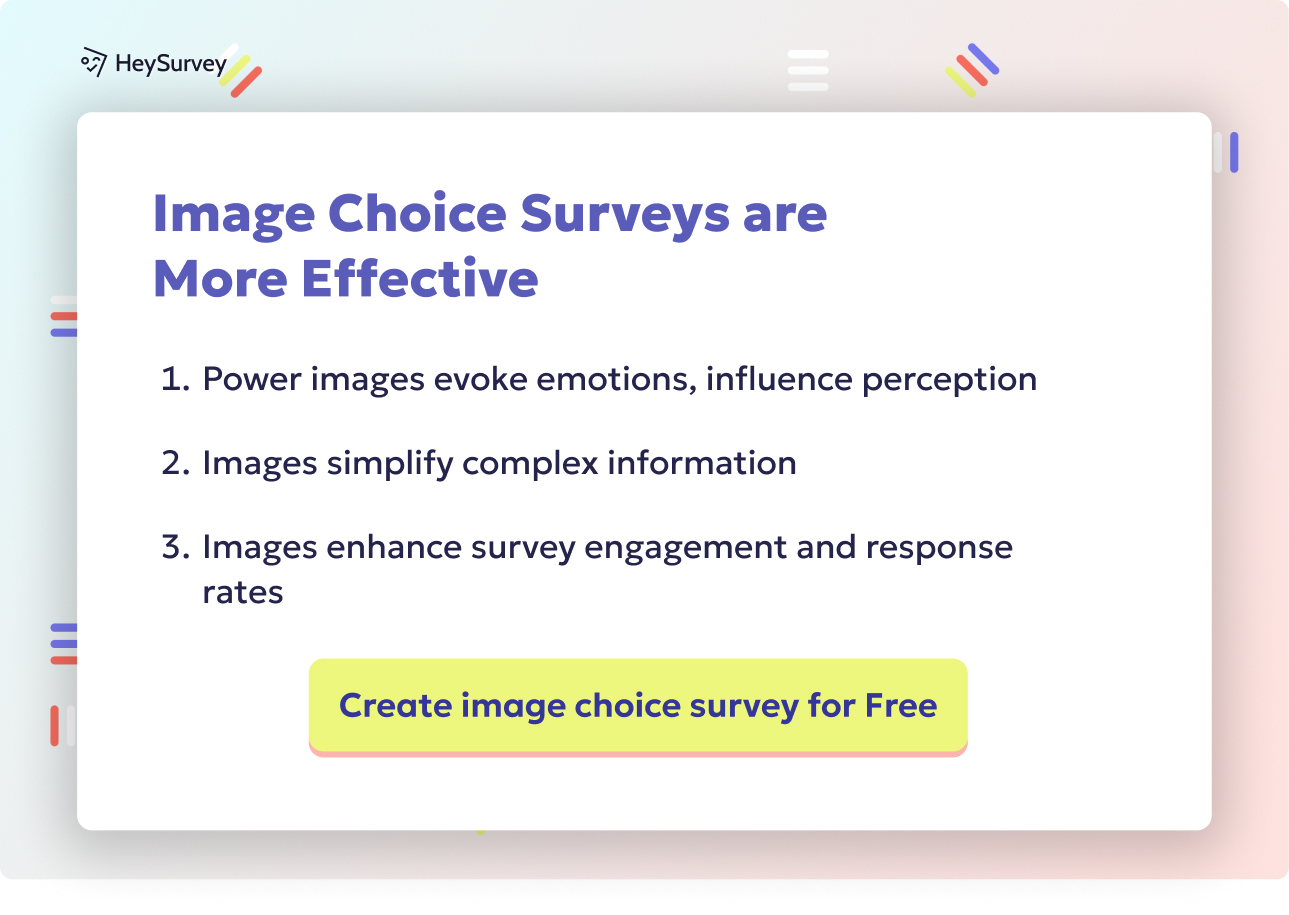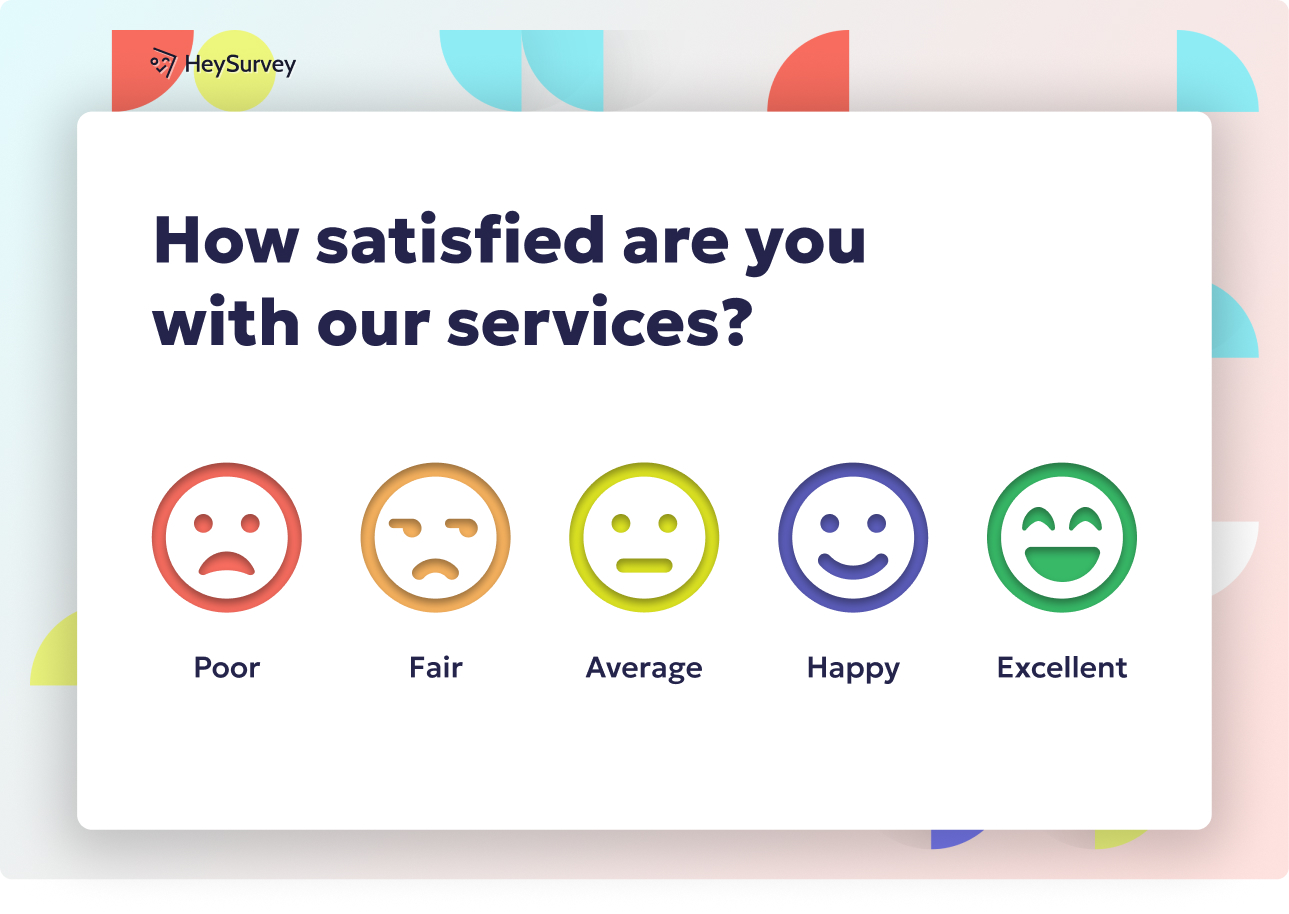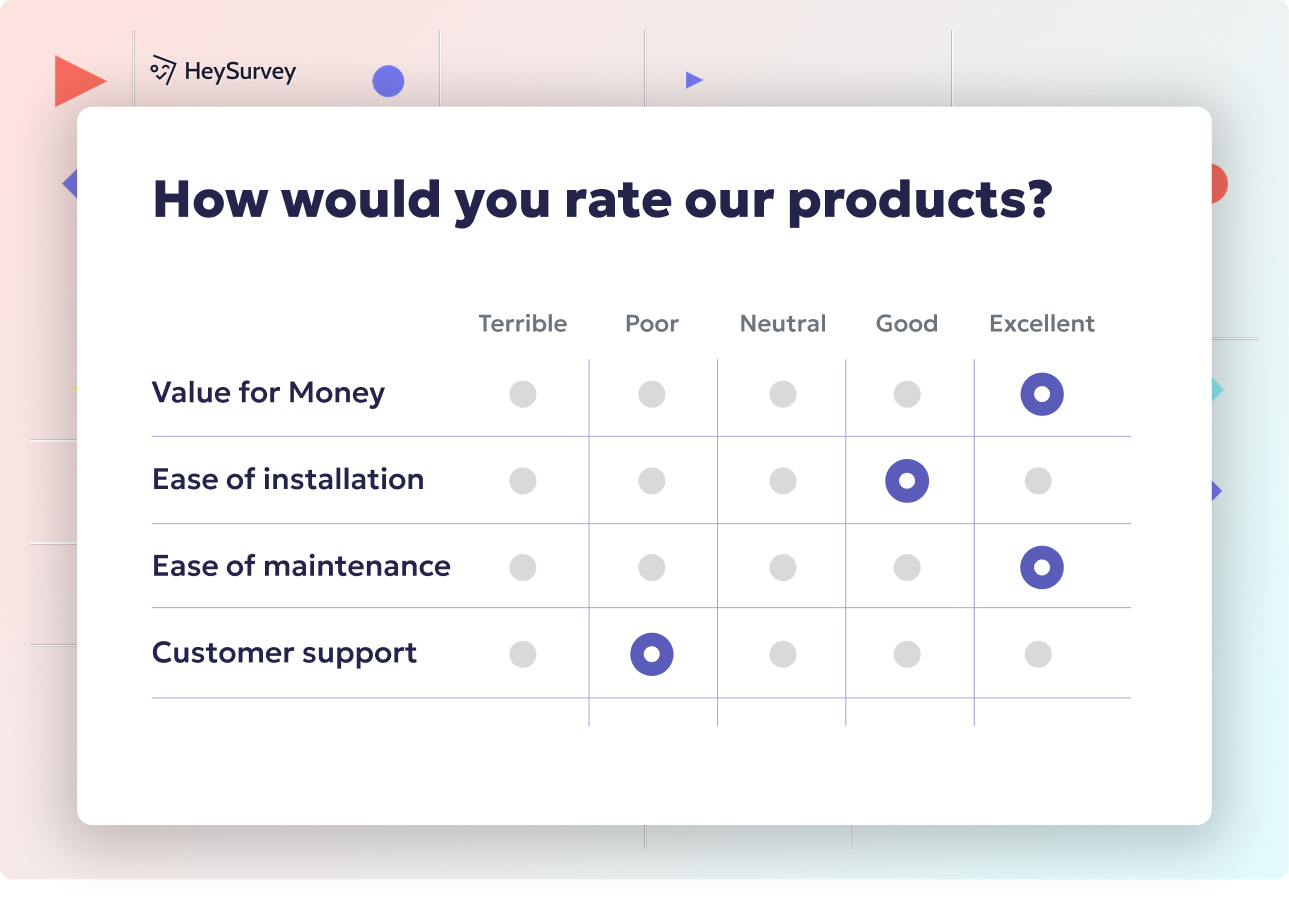29 Product Testing Survey Questions: Types, When to Use & Samples
Discover 27 proven product testing survey questions with 9 expert survey types to validate ideas, boost usability, and optimize pricing strategies.
Product-testing surveys are the fastest shortcut to insights that can grow your business. They help you validate ideas, de-risk launches, and sharpen your product-market fit—long before and after launch day. Whether you’re exploring mysterious new ideas or evaluating a finished product, structured questions reveal hidden usability, desirability, and pricing insights. In this article, you’ll discover nine types of product testing survey questions, see exactly when to use each, and grab ready-to-deploy sample questions for your next round of customer feedback for new products.
Concept Testing Survey
What Is a Concept Testing Survey?
Imagine you’ve got three killer product ideas, but only so much cash and developer time. A concept testing survey is your filter, sifting through early-stage ideas, positioning, and feature sets—before you even touch the production line.
Why & When to Use This Survey
This survey shines when you have:
- Multiple concepts but limited resources.
- Stakeholders who want proof, not just gut feel.
- A need to forecast appeal, uniqueness, and purchase intent in a low-stakes way.
Run a concept test before you start expensive R&D. You’ll get clues about what’s truly innovative and which ideas feel like “just another version.” This process delivers idea validation questions that shrink the risk of a flop.
Example Concept Testing Survey Questions
Try using crisp, visual descriptions or mockups so participants can picture themselves using the product. Here are some sample questions to deploy:
How likely are you to purchase a product like Concept A?
Which of these concepts feels most innovative?
What concerns, if any, do you have about Concept B?
Rate how well Concept C solves your current problem.
Select the top three words that describe Concept A.
Use these questions when you crave fresh, unfiltered reactions. Up next: Translate that winning idea into a prototype, and prepare to collect richer, hands-on feedback.
Effective concept testing surveys utilize a mix of question types, including Likert scales, ranking questions, and open-ended prompts, to gather comprehensive and actionable consumer insights. (glowfeed.com)
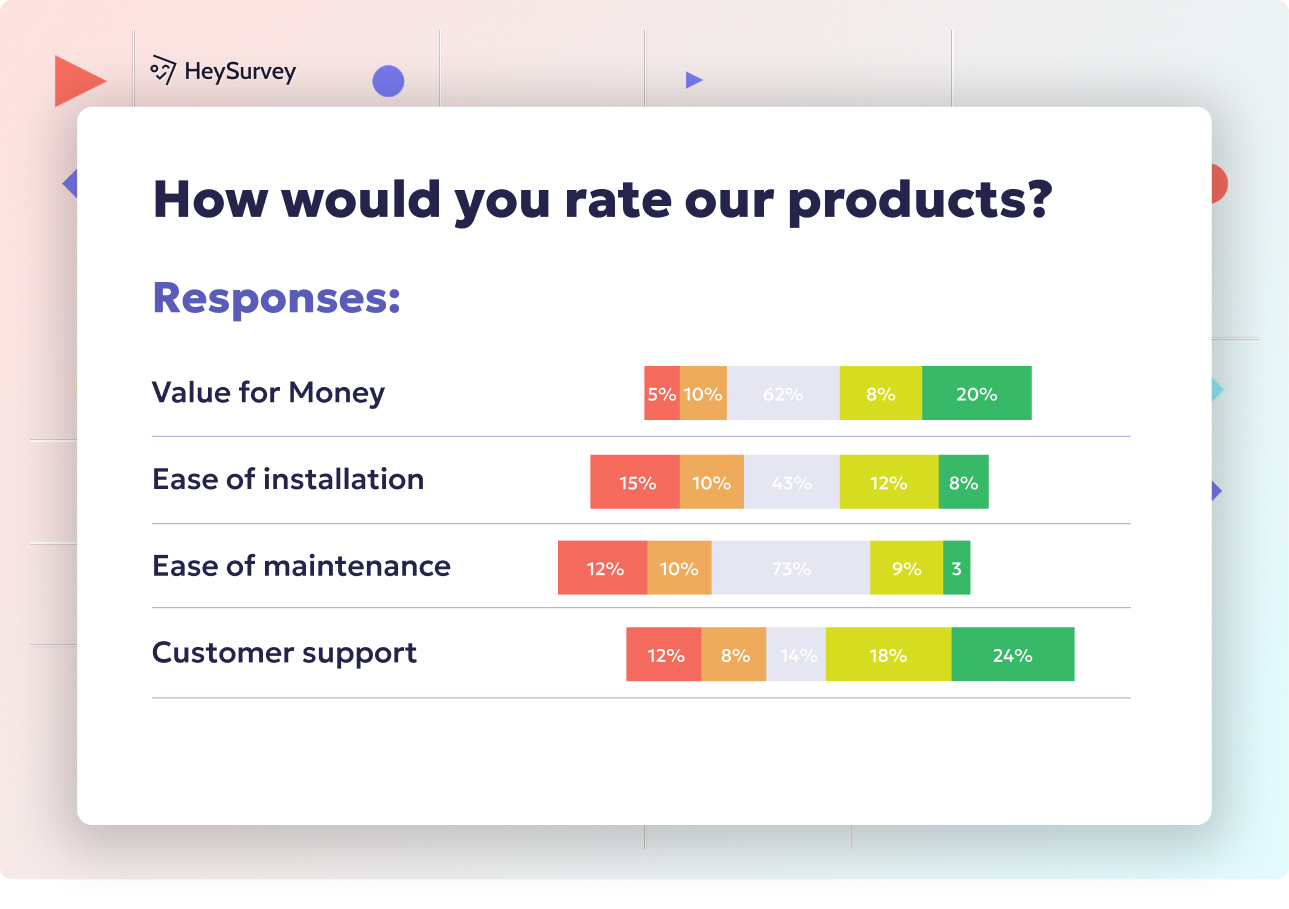
Creating a product testing survey with HeySurvey is easier than you might think! Here’s a simple 3-step guide to get your survey up and running quickly.
Step 1: Create a New Survey
- Open HeySurvey and click “Create New Survey.”
- Choose to start with either an empty sheet or a pre-built template designed for your product testing needs.
- Give your survey an internal name for easy reference.
Pro tip: You can start creating without an account, but you’ll need one to publish and collect responses.
Step 2: Add Questions
- Click “Add Question” at the top or between existing questions.
- Pick the question types you want: multiple choice, scale, text input, and more.
- Enter your product testing survey questions—like those sample questions you saw earlier.
- Customize question settings, such as marking questions as required or adding images to illustrate concepts.
Bonus: Use branching to tailor the survey flow based on answers, ensuring respondents only see relevant questions.
Step 3: Publish Survey
- When your questions look good, hit “Preview” to see how the survey appears to respondents.
- Make any final design tweaks using the Designer Sidebar—adjust colors, fonts, backgrounds, and layouts for a professional look.
- Click “Publish” to generate a shareable link you can send to your target audience.
Bonus Step: Apply Your Branding
- Upload your logo to add your company’s personal touch.
- Customize colors and fonts to match your brand identity, creating a consistent experience for respondents.
Bonus Step: Define Settings
- Set start and end dates to control survey availability.
- Limit the number of responses if you’re targeting a specific sample size.
- Add a redirect URL so respondents can land on your website or a thank-you page after finishing the survey.
Bonus Step: Skip Into Branches
- Use advanced branching to create personalized question paths based on how participants answer.
- Define multiple survey endings with custom messages, keeping respondents engaged until the very last click.
Once published, your survey will work seamlessly on any device—desktop, tablet, or mobile. Collect valuable customer feedback for new products with confidence by using HeySurvey to power your product testing surveys!
Ready to start? Click the button below to open a ready-to-go survey template and jump right in.
Prototype Feedback Survey
Why Prototypes Deserve Their Own Survey
It’s showtime! You have a clickable mockup, a slick wireframe, or a 3D-printed prototype. This is when you need a prototype survey—it captures reactions to the “almost-real” thing, not just talk about it.
Why & When to Use Prototype Feedback Surveys
Perfect right after concept testing, this survey:
- Guides refinements before you sink cash into full development.
- Prioritizes what to tweak, polish, or toss altogether.
- Reveals if your design delivers an “aha!” or a “meh” moment.
Gather product mock-up feedback mid-development for the sharpest improvements.
Prototype Feedback Survey Sample Questions
Here’s your ready-to-go question set:
How visually appealing is this prototype?
Which feature would you change first, and why?
Did any part of the prototype confuse you?
How confident are you that this product would work as intended?
Compare this prototype to what you currently use.
Feedback at this stage can save you thousands in rework and months of backpedaling. And speaking of ease and clarity, next comes testing how users actually move through your product.
Effective prototype feedback surveys should include open-ended questions to encourage detailed user insights, such as "What are your thoughts on this process?" (market-fit.ai)
Usability Testing Survey
Why Usability Testing Is Essential
You want a product customers can use blindfolded—not one that sends them scrambling for support. A usability survey finds the snags, the sticky parts, and the broken links that drive people away.
Why & When to Use Usability Testing Surveys
Timing is everything here. Use these surveys:
- After you’ve got an interactive version, but before you drop it on the public.
- To cut out stumbling blocks and friction that could cost you real users.
- When conversion rates or retention are riding on a smooth experience.
Usability survey questions and UX feedback surveys empower you to remove obstacles before they detonate your launch metrics.
Usability Testing Survey Sample Questions
Show participants real tasks, then ask:
How easy was it to complete Task X?
Where did you feel stuck?
Rate the clarity of on-screen instructions.
How long did Task Y take compared with expectations?
What would make this process faster?
These answers let you sand down the sharp edges and polish up the UX. Now, even before your product sees shelves, don’t forget to test the outside—the packaging and design.
Packaging & Design Survey
Why Packaging Needs Its Own Spotlight
Never underestimate the power of a shiny box! The package testing survey checks if your graphics, labels, and unboxing experience turn heads or stall sales.
Why & When to Use Packaging & Design Surveys
Roll out this survey:
- Before you approve final printing or mass production.
- To optimize shelf appeal, communicate benefits, and support brand consistency.
- When you want to test if your design stands out—or blends in.
Getting label design feedback early means fewer headaches and less reprinting later.
Packaging & Design Survey Sample Questions
Let customers react to high-quality mockups or photos, and ask:
What is your first impression of this packaging?
Which color scheme attracts you most?
How clearly does the label communicate benefits?
Would this package fit easily on your shelf?
How likely are you to pick up this product in a store?
These insights can flip your product from invisible to irresistible on store shelves. Once your unboxing moment is set, it’s time to test the product in the wild.
Effective packaging design surveys should include a mix of question types—such as multiple-choice, rating scales, and open-ended questions—to gather comprehensive data and avoid survey fatigue. (fastercapital.com)
Beta Testing / Field Trial Survey
Why Beta Testing Is Critical
Beta testers are your trailblazers—they brave bugs and quirks so the masses don’t have to. A beta test survey mines crucial feedback from folks using your near-final product in the real world.
Why & When to Use Beta/Field Trials
Deploy these surveys:
- Just before the official product rollout.
- To spot overlooked bugs, pain points, and edge cases.
- When you need feedback from power users who can become vocal advocates.
Gathering field trial feedback primes your community for advocacy and sparks excitement before full release.
Beta Testing / Field Trial Survey Sample Questions
Send these out after a week or two with the beta:
How frequently did you use the beta product last week?
List any glitches or crashes you encountered.
How satisfied are you with performance speed?
Would you recommend this product to a colleague?
Which feature delivered the most value to you?
Tap into these superusers, and you’ll find your product’s true strengths (and weaknesses) before the big day. But before you set your price tags, it’s time to discover what people are really willing to spend.
Price Sensitivity Survey (Van Westendorp or Gabor-Granger)
Why You Need Price Sensitivity Insights
What’s the sweet spot—that Goldilocks price, not too high, not too low? A price testing survey lets you find that pricing magic, using frameworks like Van Westendorp or Gabor-Granger.
Why & When to Use Price Sensitivity Surveys
Best used:
- In the final stretch before launch or when considering price changes.
- To align your MSRP with what buyers see as fair—or irresistible.
- When you want quantifiable data, not just opinions, on pricing.
Van Westendorp questions help map out perceived value and avoid sticker-shock dropoffs.
Sample Price Sensitivity Questions
Show the product and its features, then ask:
At what price would this product be too expensive to consider?
At what price would you begin to question the product’s quality?
What price feels like a good bargain?
What is the maximum you would pay for Feature X?
Choose the price point where you’d expect premium quality.
These answers reveal both pain points and profit potential, empowering your pricing strategy with real consumer logic. What’s next? Deciding which features to serve first.
Feature Prioritization Survey
Why Feature Ranking Matters
Sometimes, your backlog is longer than a Monday morning to-do list. A feature ranking survey helps you prioritize what gets built and what just collects virtual dust.
Why & When to Use Feature Prioritization Surveys
Break out this tool:
- When you can’t build everything and need to make tough calls.
- To learn which features are must-haves and which ones are “meh.”
- When you want your roadmap guided by real customer need, not just internal wish lists.
Using MVP survey questions means your next sprint goes where it counts.
Sample Feature Prioritization Questions
Let users vote, drag-and-drop, or rank options:
Rank these five features from most to least important.
If we could build only one feature, which would you choose?
How disappointed would you be if Feature Y were not included?
Which feature would you pay extra for?
Select any features you consider unnecessary.
The answers will surprise you (and possibly upend your roadmap). Now, after you launch, don’t coast—keep listening.
Post-Launch Satisfaction & Improvement Survey
Why You Should Survey After Launch
The shortest path to product improvement is hearing from real users. A post-launch survey tracks satisfaction and uncovers hidden opportunities—months after your big launch party.
Why & When to Use Post-Launch Satisfaction Surveys
The magic happens:
- One to three months post-launch, and then routinely for continuous improvement.
- When you want to benchmark Net Promoter Score, identify retention drivers, and prevent churn.
- To capture both wins and letdowns—direct from your actual buyers.
Product satisfaction questions tell you how closely reality matches expectations.
Sample Post-Launch Satisfaction Questions
Gauge loyalty, uncover pain points, and ask:
On a scale of 0–10, how likely are you to recommend this product?
What is the biggest benefit you’ve experienced so far?
Which aspect has disappointed you the most?
What new feature would most improve the product?
How well does the product meet your original expectations?
These results spotlight future innovations and shine a light on what to fix next. Now, how do you put all these survey types into practice, wisely?
Dos and Don’ts for Product Testing Survey Success
Do: Keep It Smart and Simple
Best practices for product testing surveys start with focus—define only one objective per survey. This keeps you from bombarding participants with unrelated questions and boosts your response rate.
- Recruit target-market respondents, not just in-house fans.
- Mix closed and open-ended questions for breadth and depth.
- Pilot-test every survey: even one typo or mis-phrased question can derail your data.
- Incentivize ethically (think: discounts, not drones).
- Monitor completion times and keep it snappy.
Don’t: Make These Common Mistakes
Too many teams fall into traps that wreck their data quality:
- Don’t overload surveys—confused or bored testers quit fast.
- Don’t use leading questions (they spoon-feed the “right” answer).
- Don’t rely on only internal staff; they’re too close to the project.
- Don’t forget to validate that responses match your intended audience.
- Don’t bias answers with overly generous incentives (free iPad, anyone?)
If you follow these dos and don’ts, you’ll avoid the common survey mistakes that plague most teams and waste everyone’s time.
Ready to design your own product testing survey? Use these nine survey types and sample templates to turn every launch, feature, and packaging update into a data-driven win!
Related Product Survey Surveys
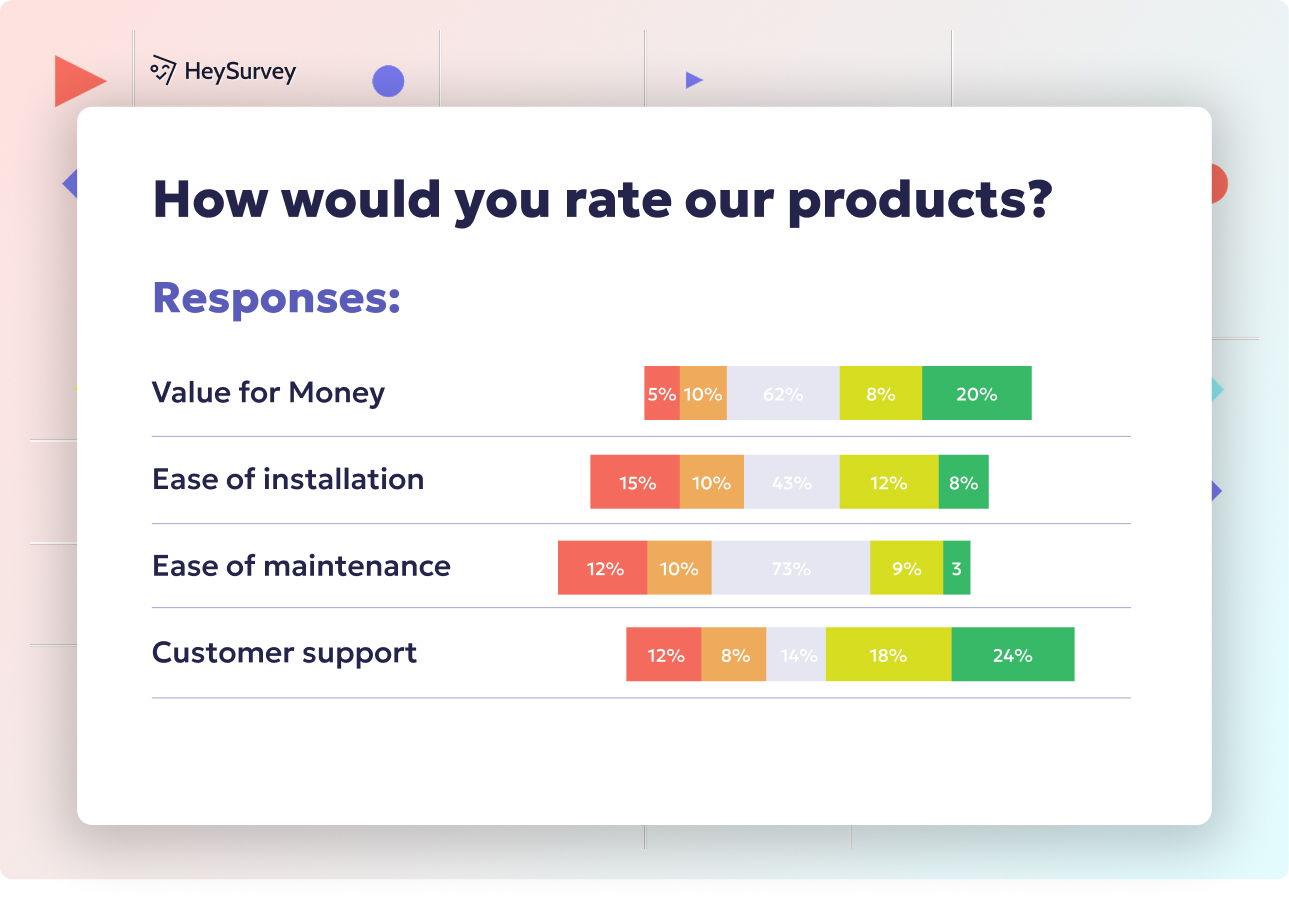
31 Beta Testing Survey Feedback Questions Form Template Guide
Explore a comprehensive beta testing survey feedback questions form template with 35 sample quest...
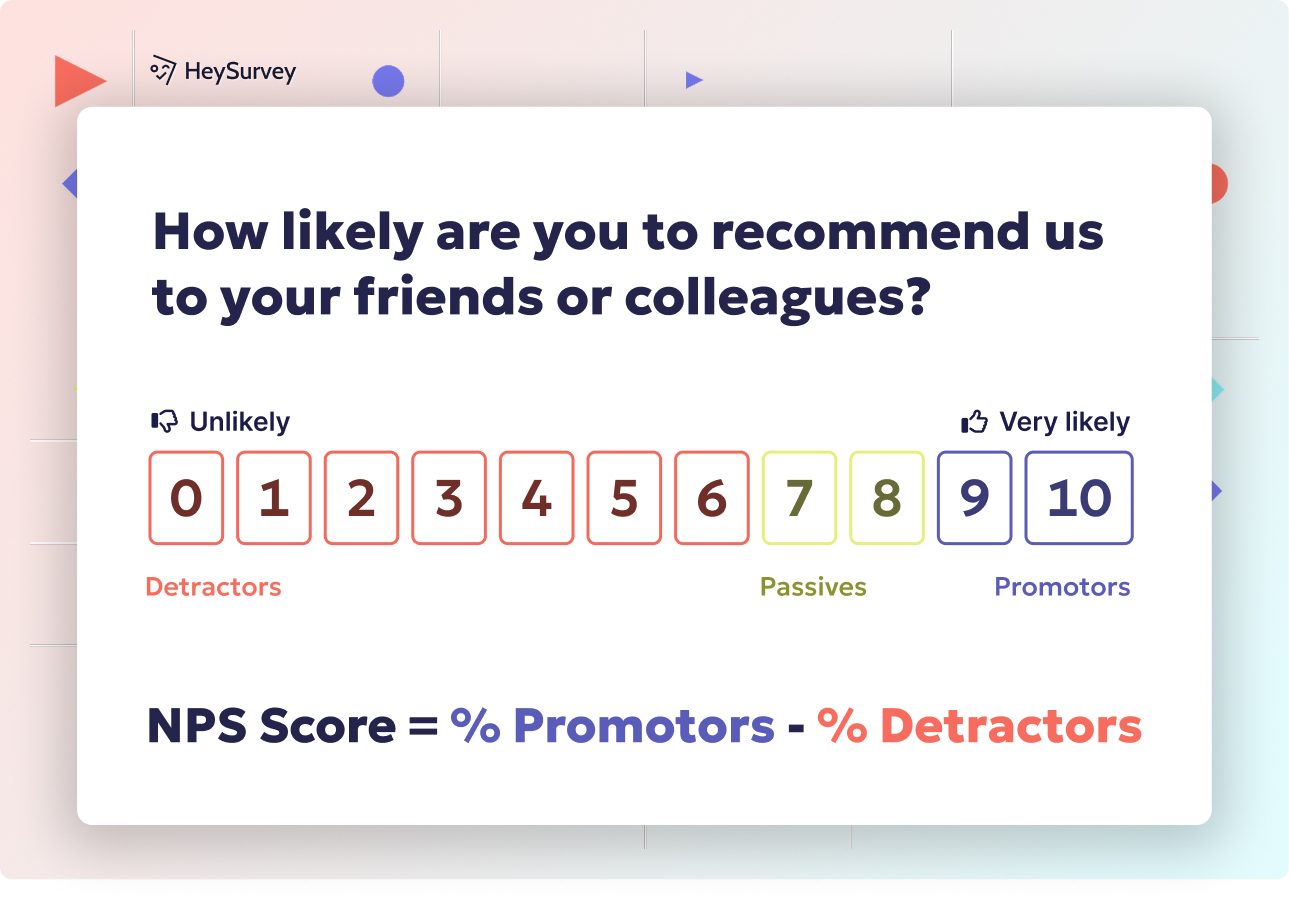
30 Proven Product Market Fit Survey Questions for Success
Discover 25+ proven product market fit survey questions with templates, best practices, and perfe...
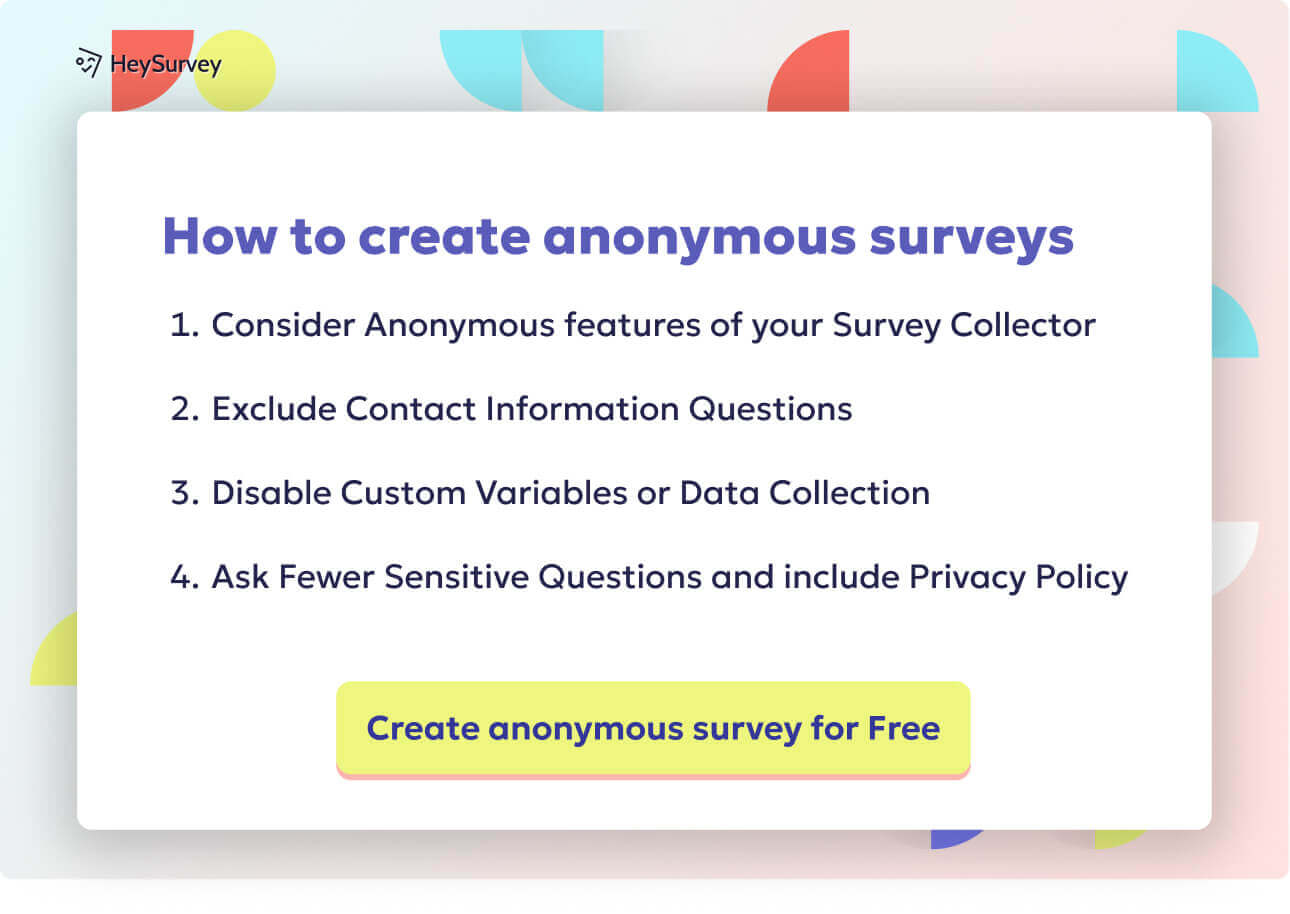
29 New Product Survey Questions Examples: Guide & Templates
Discover 25+ new product survey questions examples with expert tips to reduce launch risk, priori...
